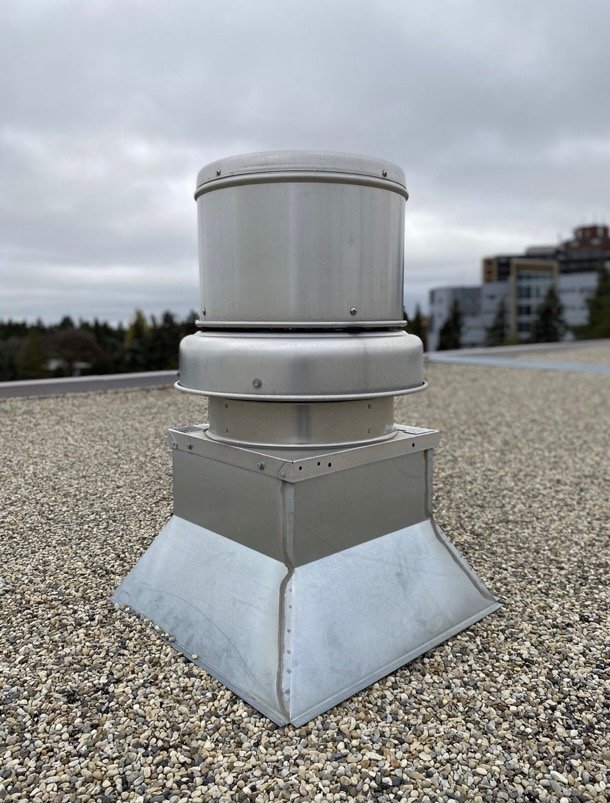H.V.A.C
-
Roof Top Units
Rooftop unit (RTU) equipment consists of self-contained heating, ventilation, and air conditioning (HVAC) systems typically installed on roofs. RTUs are favored in commercial and industrial settings for their compact design and efficiency in managing indoor climate without using floor space. Each unit contains essential components like compressors, fans, heat exchangers, and controls, all in one package, allowing for easy maintenance from the roof.
One major benefit of RTUs is their energy efficiency. Many new units feature technologies like variable speed fans and smart controls that help reduce energy usage, resulting in cost savings and a smaller environmental impact.
Installing and operating RTUs requires attention to structural load, roof type, and local climate conditions to ensure effective performance and a longer lifespan. Regular maintenance, such as cleaning filters and checking refrigerant levels, is necessary for optimal operation.
Recently, RTUs have increasingly integrated advanced control systems and IoT connectivity for real-time monitoring and better HVAC control, enhancing energy management and comfort in buildings. Overall, rooftop units are vital for flexible and efficient indoor climate solutions in modern buildings.
-
Make up Air Units
Make-up air equipment is designed to introduce a controlled amount of fresh air into a space, compensating for the exhaust of air that occurs during various processes, such as ventilation. This type of equipment is crucial for maintaining indoor air quality, ensuring comfort, and a positive building pressure.
In industrial and commercial applications, make-up air units help to balance the pressure within buildings. When air is expelled through exhaust systems, negative pressure can occur, potentially leading to backdrafts and the infiltration of unconditioned outside air. Make-up air units alleviate these issues by providing a direct source of replacement air, which can be pre-conditioned (heated or cooled) to meet the building’s comfort requirements.
The selection of appropriate make-up air equipment depends on various factors, including the size of the space, the volume of exhausted air, and specific operational needs. Energy efficiency is also a significant consideration, as modern units often feature energy recovery ventilators (ERVs) or heat recovery ventilators (HRVs) that reclaim energy from the exhausted air, reducing overall heating and cooling costs.
Proper installation and maintenance of make-up air equipment are vital to ensure it operates effectively and safely. Regular inspections and servicing can help identify any issues, such as blockages or mechanical failures, that could impair performance.
-
Exhaust Fans
Exhaust fans are essential components in various settings, including residential, commercial, and industrial environments. They play a crucial role in improving indoor air quality by removing stale air, smoke, moisture, and unpleasant odours. This equipment helps maintain a comfortable atmosphere and can assist in the prevention of mould growth and other air quality issues.
Commercial Exhaust Fans: These are used in larger facilities, including restaurants and factories, to expel unwanted heat and airborne contaminants. They are designed to handle higher volumes of air and may be integrated with other ventilation systems for efficiency.
Maintenance
Regular maintenance is necessary to keep exhaust fans functioning efficiently. This includes cleaning filters, checking for blockages in ducts, and ensuring the motor operates smoothly. Neglecting maintenance can lead to reduced efficiency and a shorter lifespan of the equipment.
In summary, exhaust fan equipment is vital for effective ventilation in various environments. By selecting the appropriate type, ensuring proper installation, and maintaining the system, users can enhance indoor air quality and comfort.



